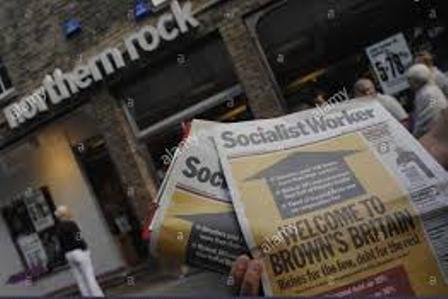Making a Socialist Society













Making a Socialist Society
Making a Socialist Society: During the Civil War, the Bolsheviks kept industries and banks nationalised. They permitted peasants to cultivate the land that had been socialised. Bolsheviks used seized land to demonstrate what collective work could be.
Process of Centralised Planning: A process of centralised planning was introduced. Officials assessed how the economy could work and set targets for a five-year period. On this basis, they made Five Year Plans. The government fixed all prices to promote industrial growth during the first two Plans (1927-1932 and 1933-1938). Centralised planning led to economic growth. Industrial production increased (between 1929 and 1933 by 100 per cent in the case of oil, coal and steel). New factory cities came into existence.
There are three reasons for the success of socialist economy in post revolution Russia:
Status of Workers: Rapid construction brought poor working conditions for workers. In Magnitogorsk, the construction of a steel plant was achieved in three years. But workers lived hard lives, resulting in 550 stoppages of work occurring in the first year. In the living quarters, during winter, with temperature at 40° below the workers had to climb down from the fourth floor and across the street in order to go to the toilet. Measures taken to improve status of workers were
Students / Parents Reviews [10]
One of the best institutes to develope a child interest in studies.Provides SST and English knowledge also unlike other institutes. Teachers are co operative and friendly online tests andPPT develope practical knowledge also.

Aman Kumar Shrivastava
10thMy experience was very good with Abhyas academy. I am studying here from 6th class and I am satisfied by its results in my life. I improved a lot here ahead of school syllabus.

Ayan Ghosh
8thIt was good as the experience because as we had come here we had been improved in a such envirnment created here.Extra is taught which is beneficial for future.

Eshan Arora
8thMy experience with Abhyas academy is very good. I did not think that my every subject coming here will be so strong. The main thing is that the online tests had made me learn here more things.

Hiya Gupta
8thIt has a great methodology. Students here can get analysis to their test quickly.We can learn easily through PPTs and the testing methods are good. We know that where we have to practice

Barkha Arora
10thI have spent a wonderful time in Abhyas academy. It has made my reasoning more apt, English more stronger and Maths an interesting subject for me. It has given me a habbit of self studying

Yatharthi Sharma
10thAbout Abhyas metholodology the teachers are very nice and hardworking toward students.The Centre Head Mrs Anu Sethi is also a brilliant teacher.Abhyas has taught me how to overcome problems and has always taken my doubts and suppoeted me.

Shreya Shrivastava
8thAbhyas Methodology is very good. It is based on according to student and each child manages accordingly to its properly. Methodology has improved the abilities of students to shine them in future.

Manish Kumar
10thA marvelous experience with Abhyas. I am glad to share that my ward has achieved more than enough at the Ambala ABHYAS centre. Years have passed on and more and more he has gained. May the centre flourish and develop day by day by the grace of God.

Archit Segal
7thMy experience with Abhyas is very good. I have learnt many things here like vedic maths and reasoning also. Teachers here first take our doubts and then there are assignments to verify our weak points.
